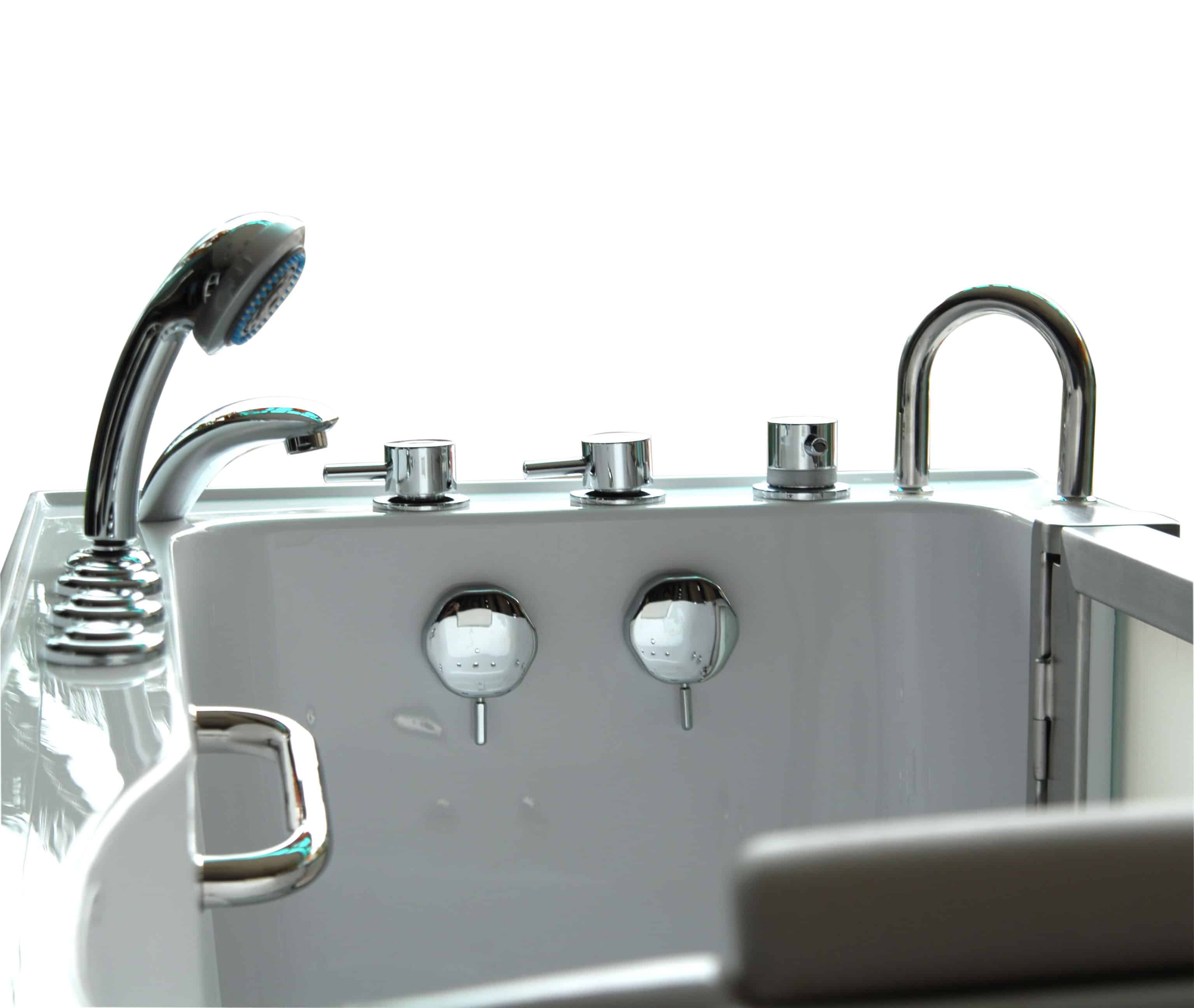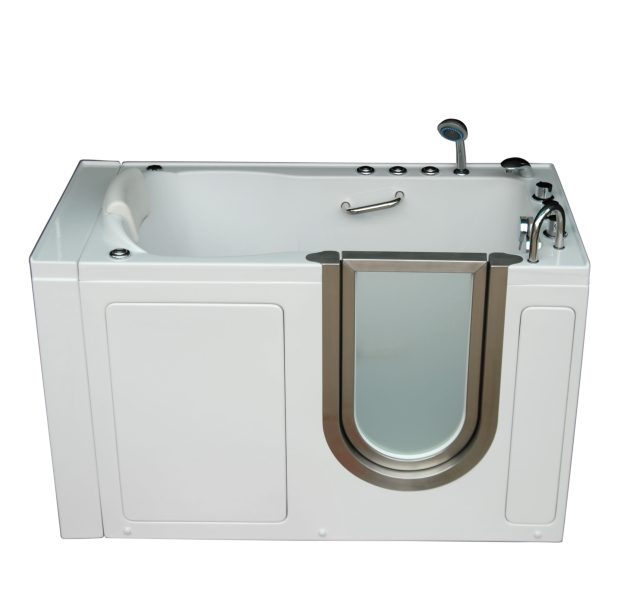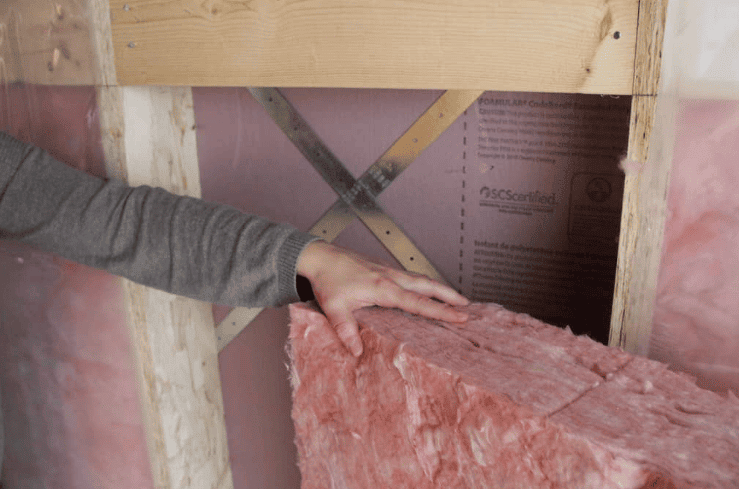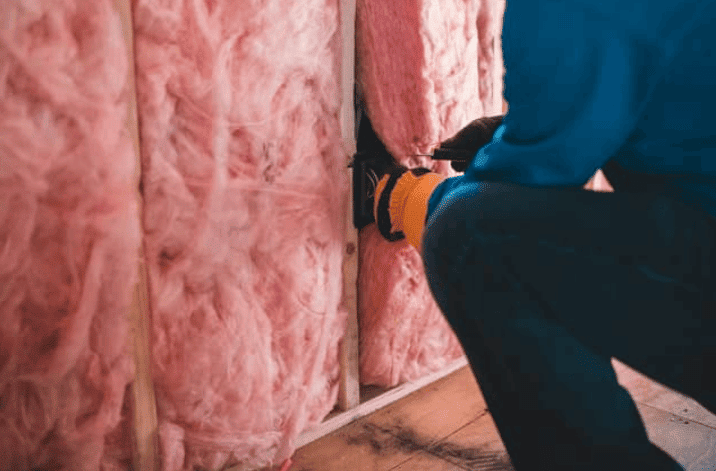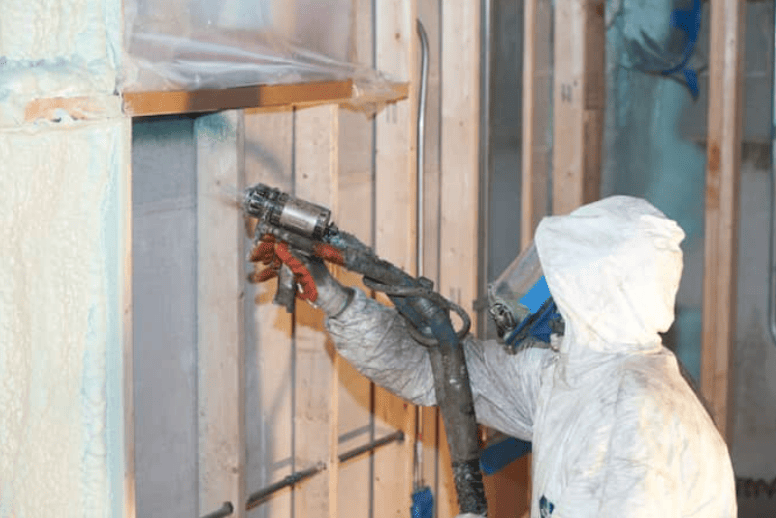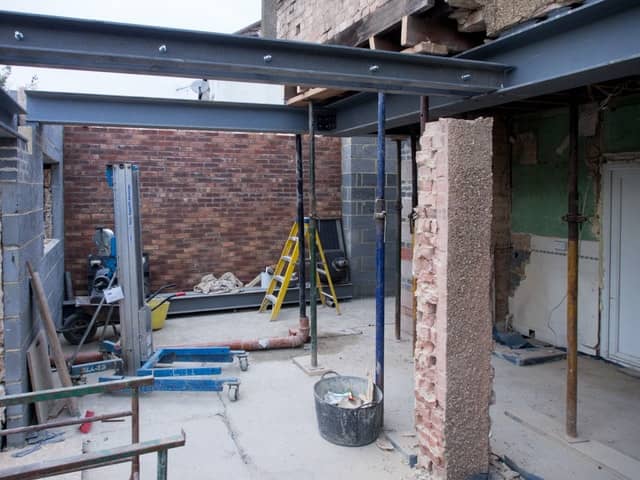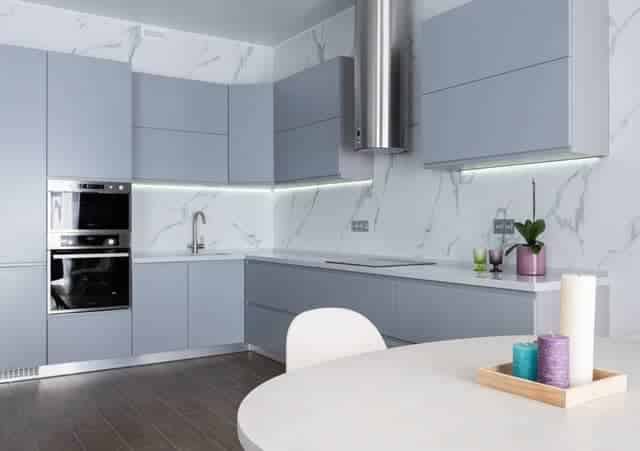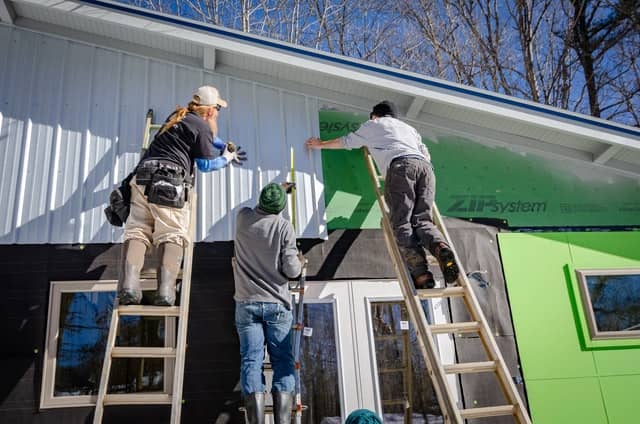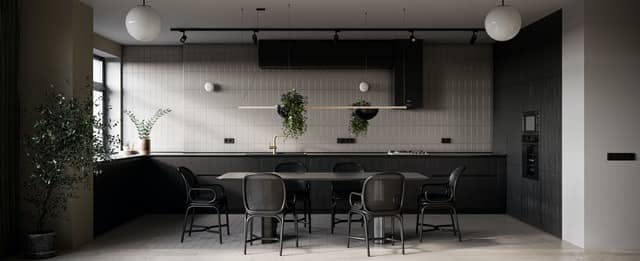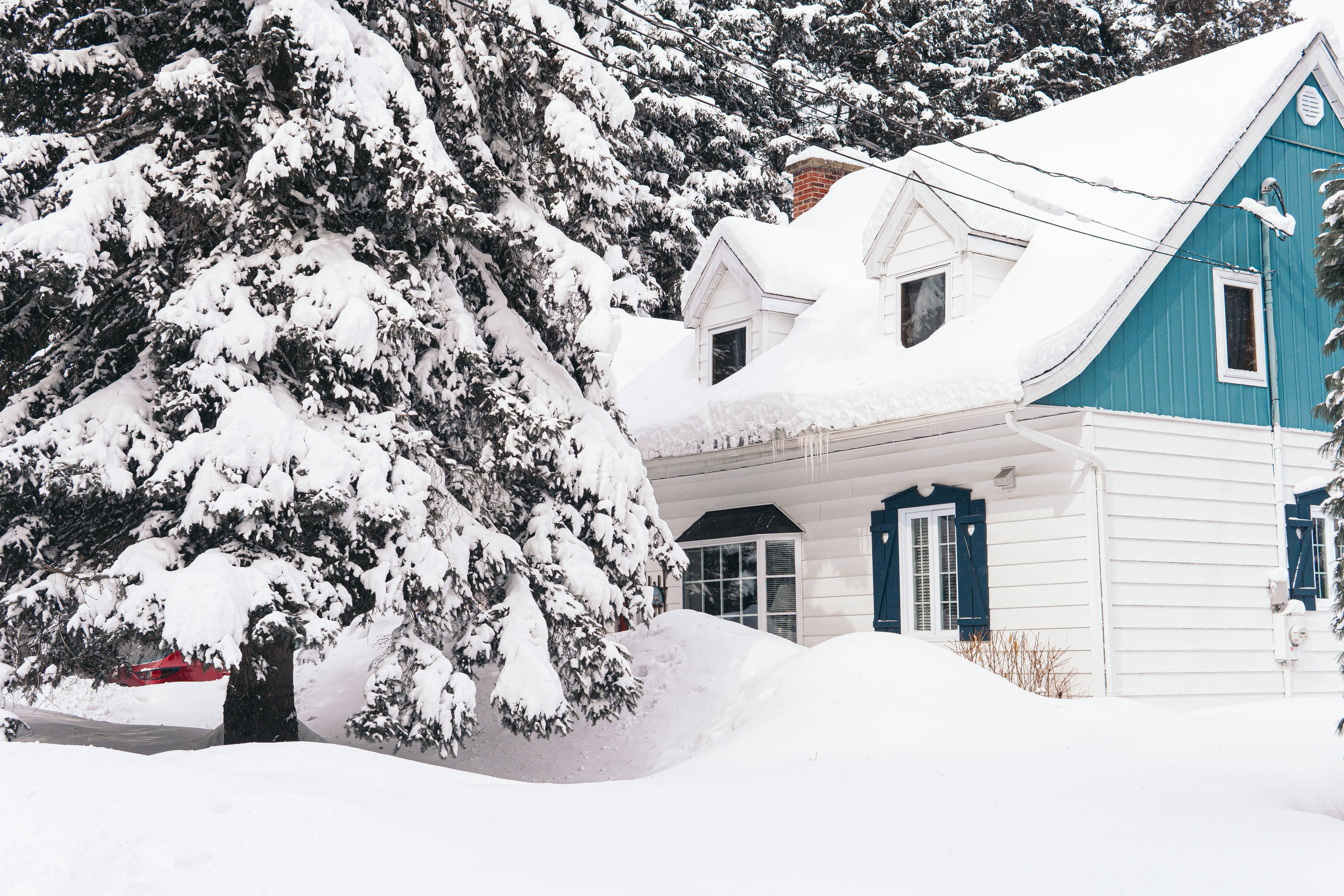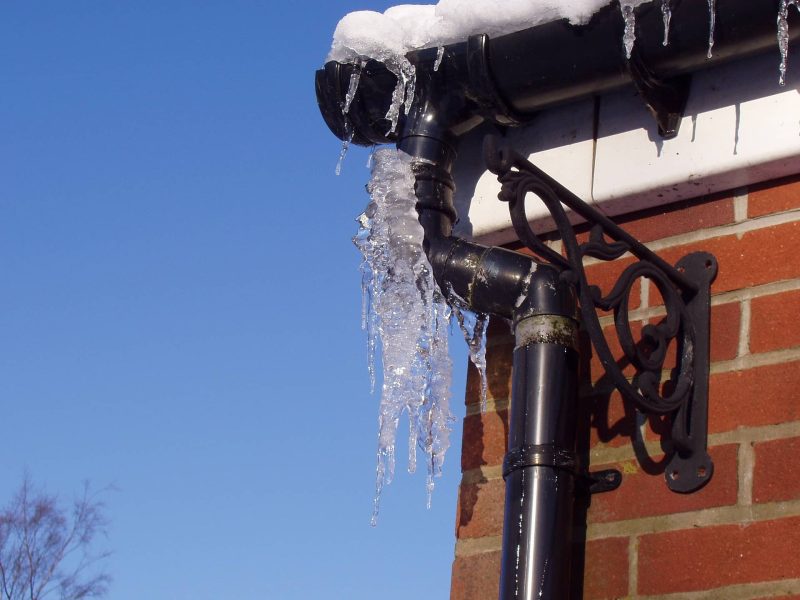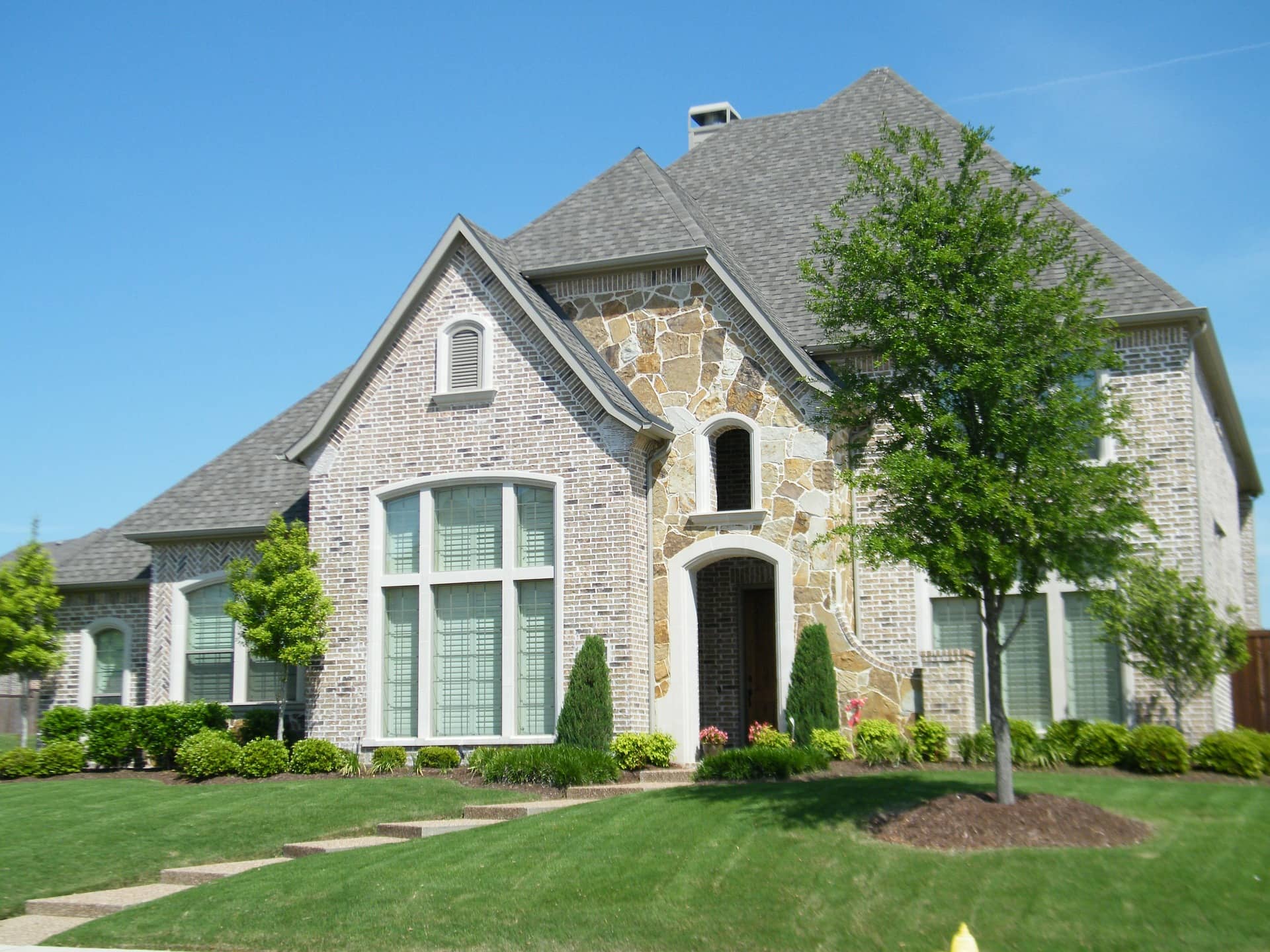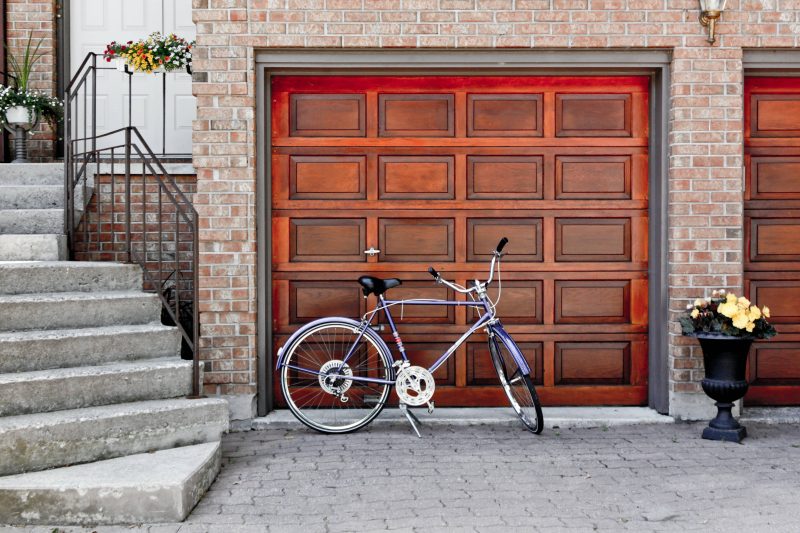One of the biggest obstacles to getting important home improvements is the cost. That’s why Homeowner Funding is here to help you find affordable and easy-to-understand home improvement loans that meet your needs.
That said, one of the biggest obstacles to getting a good home improvement loan is your credit score. Though we’re often able to connect even low-credit homeowners with trustworthy lenders, you may be concerned that your credit score isn’t currently up to snuff.

Believe it or not, getting a loan to pay for replacement windows or vinyl siding installation can actually help repair your credit. In addition to helping you get the repairs you need, repaying a home improvement loan consistently is a great way to boost your credit score!
How to Fix Your Credit Score: 4 Easy Tips & Tricks
Getting a loan through Homeowner Funding isn’t the only way of improving your credit. If you’re concerned about the state of your credit, don’t fret. Homeowner Funding is here to help.
Want to know how to increase your credit score quickly and easily? Here are some helpful tips and tricks…
- Check Your Credit Report for Errors
Not everything that impacts your credit score is your doing. According to research by Consumer Reports, about a third of all people who check their credit reports find incorrect information.
Common errors include outdated personal data, incomplete account histories, duplicate accounts, false delinquencies, and fraudulent activity. When thinking about how to increase your credit score, always check your credit report first.
- Prioritize Late and Past-Due Accounts
If you’re worried about maintaining your credit accounts with limited resources, it’s important to know what to prioritize. Paying off late and past-due accounts should always come first. The fewer of these you have on your credit report, the better your credit score will be.
It’s worth noting that an account isn’t officially considered “late” until 30 days past the due date. Focus on settling accounts that have passed this threshold, or are close to passing it, first.
- Maintain a Low Credit Utilization Ratio
A person’s credit utilization ratio refers to the percentage of their available credit they have used and how much they currently owe. If a person owes a total of $2,000 across multiple accounts that, together, allow for up to $10,000 worth of credit, then that person’s credit utilization ratio is 20%.
Having a high credit utilization ratio can negatively impact your credit score. If you want to know how to improve your credit score fast, it’s recommended you keep your credit utilization ratio at 30% or less.
- Diversify the Types of Credit Your Have
Many people don’t realize how important diversification is when it comes to improving their credit score. Often, they seem to think that having just one or two accounts is better because it’s easier to keep track of them. In fact, having multiple different kinds of credit actually enhances your credit score, as it shows that you are capable of managing multiple accounts.
For example, your score will usually be higher if you have a credit card, a mortgage, and a home improvement loan all at the same time. Getting a loan through Homeowner Funding isn’t just a great way of getting that roof replacement you’ve been needing, but also of diversifying your credit mix.
How to Improve Your Credit Score with Homeowner Funding
In the same way that houses need regular maintenance and repairs, so too does your credit score. You may feel overwhelmed, like you don’t even know how to fix your credit. However, if you follow the steps listed above, your credit report will be in great shape before you know it.
You don’t have to do this alone. Homeowner Funding wants to help you rebuild your credit with a high-quality, low-interest home improvement loan. Don’t put off getting the renovations you need. Let us put our knowledge and experience to work for you.
Contact Homeowner Funding now!

